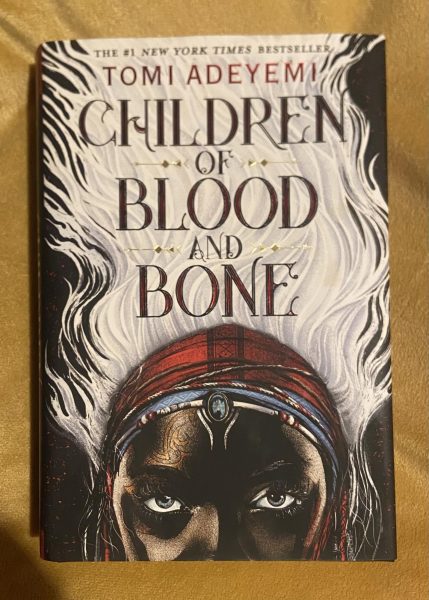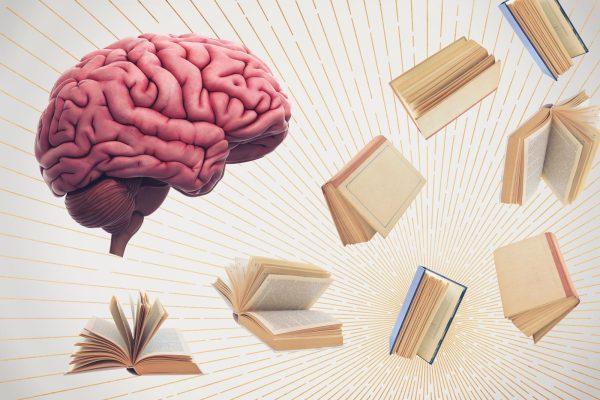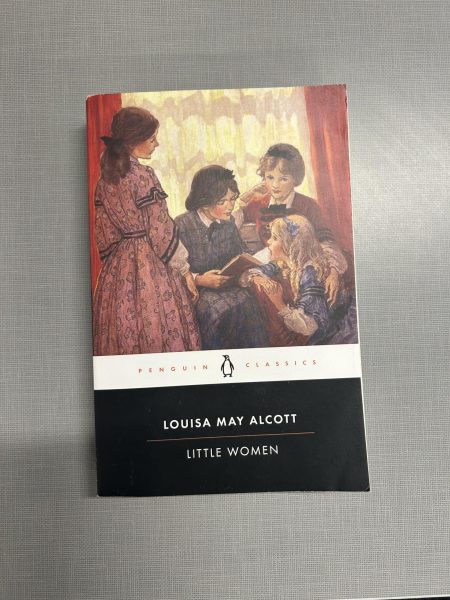The Science Behind Dreams
Jack Taylor (10) takes a quick nap in the collaborative area.
February 2, 2022
Cinderella once said, “a dream is a wish your heart makes,” but is that true? To the Ancient Greeks and Egyptians, dreams were interpreted as visions of the future or visits from the dead. Oracles, or the ones who received and interpreted the messages from their dreams were treated with the utmost respect.
Later, around the turn of the nineteenth century, psychoanalyst Sigmund Freud dove deeper into the science and interpreted dreams as repressed conflicts or desires. He saw dreams as the subconscious’s way of informing the mind of what it truly wants.
Now, with modern technology, scientists can begin to debunk old theories and prove new ones. The most common idea is that dreaming is just a brain dump of leftover information from that day transforming it into complex situations to keep the sleeper alert. However, this theory is by no means the “Garbage disposal theory” that scientists promoted in the past where all useless information is simply disposed of through dreams. This theory emphasizes the storage of dreams, similar to the memory bubbles stored in endless shelves in the hit movie Inside Out.
Often therapists and other mental health professionals have noted positive feedback from patients analyzing their dreams as it helps with storing and dealing with all the information moving around in their minds. While dream analysis isn’t down to an exact science yet, professionals find dreams as an interesting way to a patient’s psyche. Scientists, however, are still only dreaming of an explanation for the bizarre events we experience when we fall asleep.




















